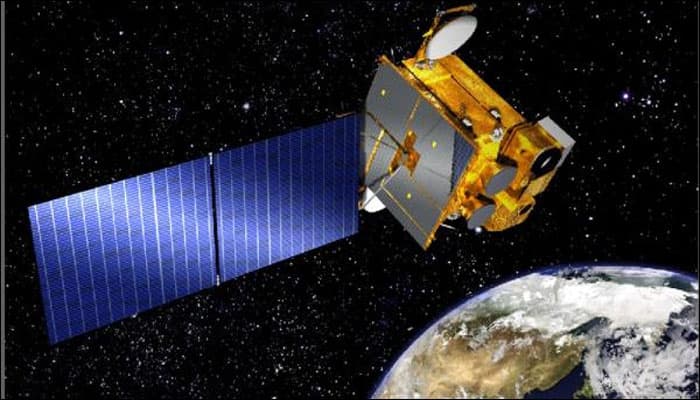New Delhi: November 19, 2016 will witness the launch of the most scientifically advanced weather satellite into the Earth's orbit by the United States of America.
The satellite, namely the Geostationary Operational Environmental Satellite-R Series (GOES-R), will capture images of weather and atmospheric phenomena across the US.
Positioned at a distance of 35,800 kms from the Earth's surface, that is almost equal to one-tenth of the way to the moon, the GOES-R will be able to take pictures every 30 seconds. This feature makes it faster as well as enables it to take better pictures with a sharper focus and in a broader range of wavelengths compared to the current generation of GOES satellites.
Through its quick image capturing, the satellite will make it possible for meteorologists to track the latest developments in thunderstorms, hurricanes and other severe storms, along with plumes of wildfire smoke or volcanic ash as they spread.
All this will help the emergency respondents act and deploy their forces better as any weather related emergency situation arrives.
As per SkyMet Weather, Stephen Volz, an assistant administrator with the National Oceanic and Atmospheric Administration (NOAA) said, “It’s like going from black-and-white to a super-high-definition television!”
Japan Meteorological Agency’s Himawari-8 satellite, launched in 2014 and Himawari-9, launched on November 1 have the similar capabilities of GOES-R. These satellites carry an advanced imaging instrument that observes Earth in 16 different wavelength bands, ranging from visible to near-infrared, for different views of atmospheric phenomena.
At nearly US$11 billion in total, GOES-R is the first of four satellites that will be in Earth’s orbit by the year 2036, SkyMet Weather reported.
















